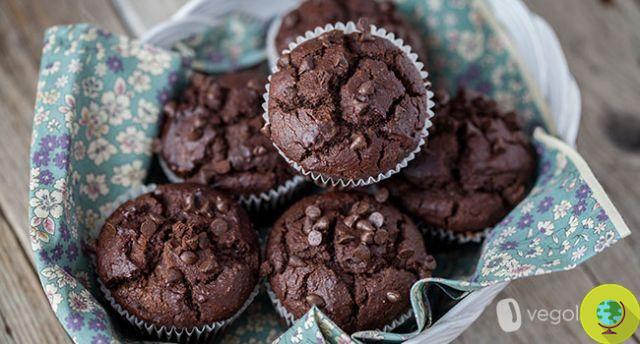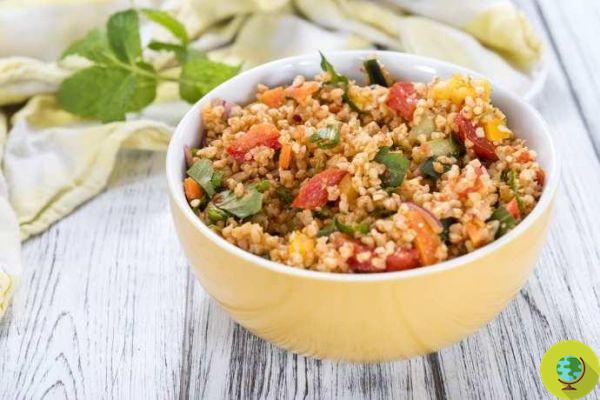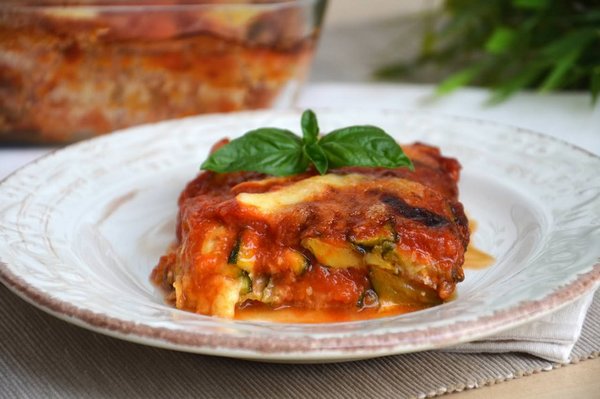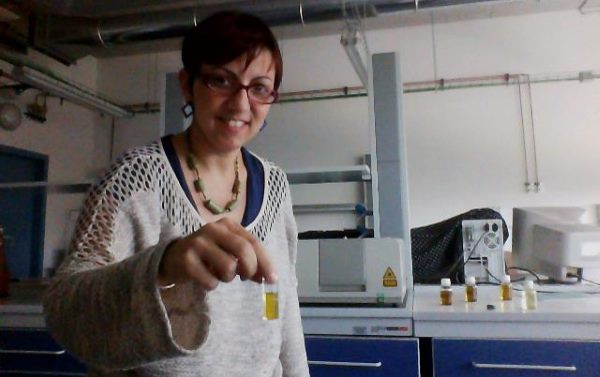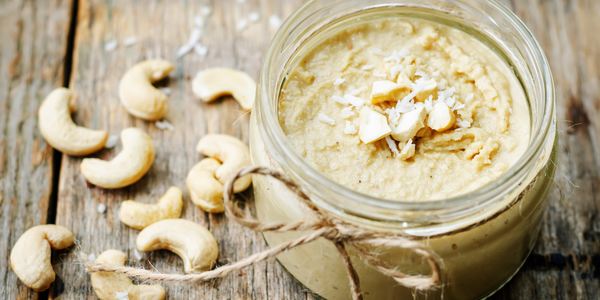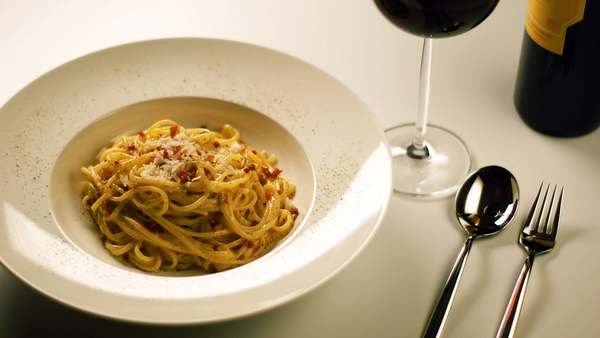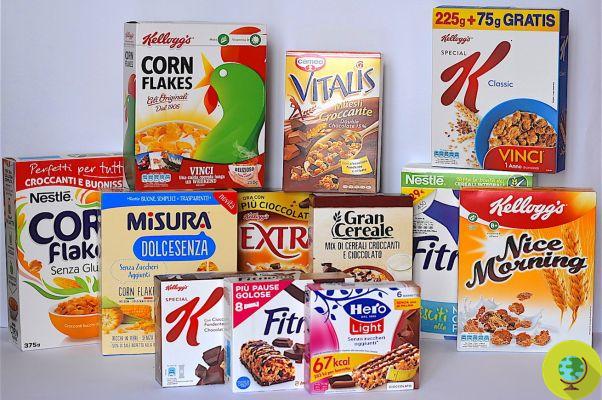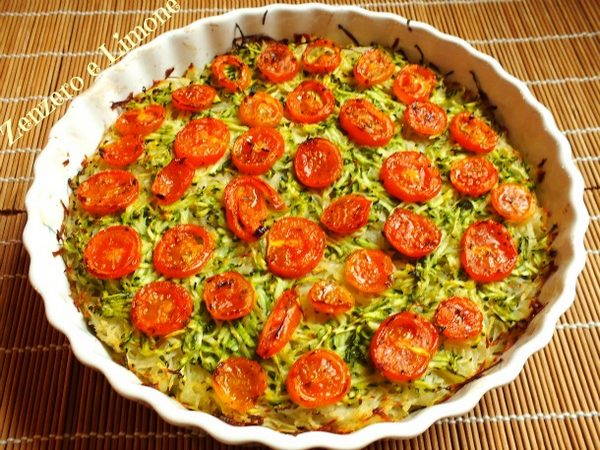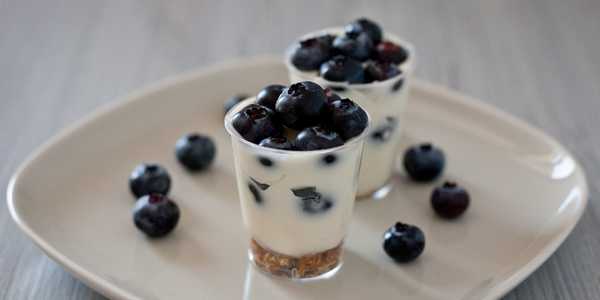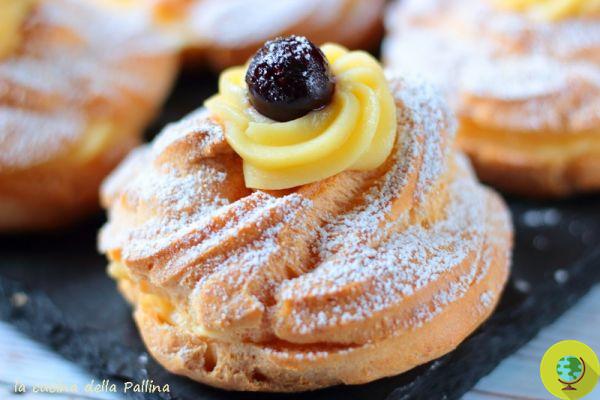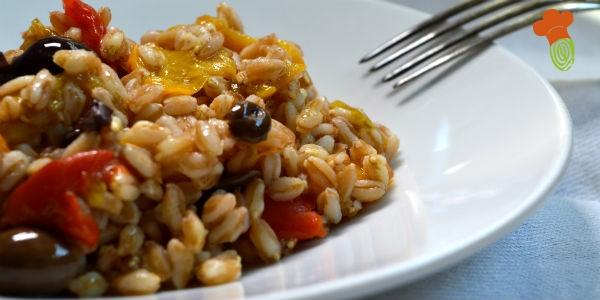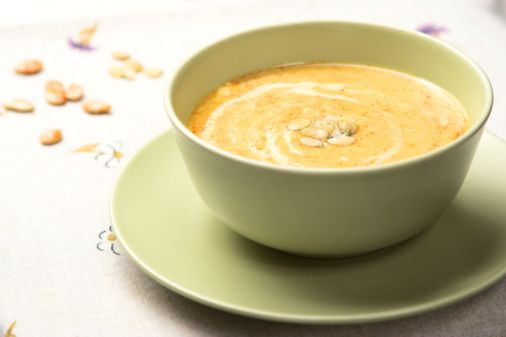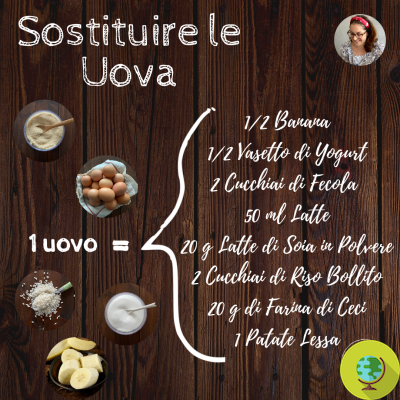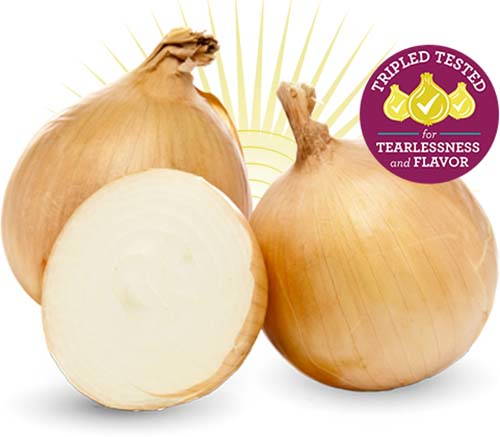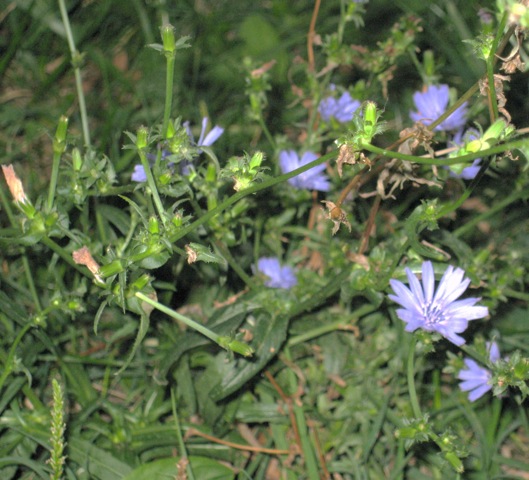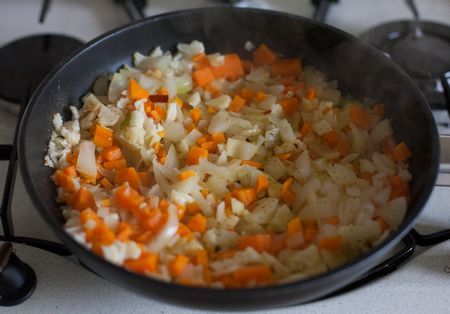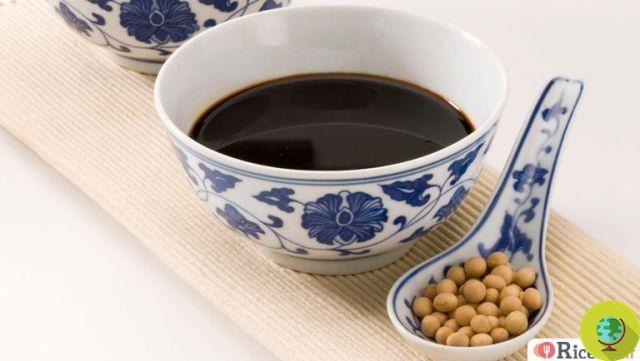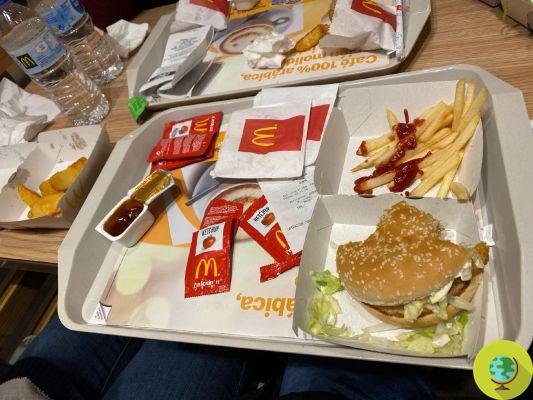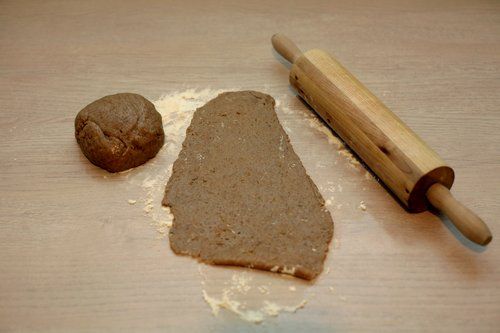Rice flour, which is obtained by grinding the cereal of the same name, is a versatile product especially appreciated by those who must (or want) exclude gluten from their diet. Let's find out all its properties and uses in the kitchen and beyond ...
Don't store avocado like this: it's dangerousLa XNUMX/XNUMX cup rice flour, which is obtained by grinding the homonymous cereal, is a versatile product appreciated above all by those who must (or want) to exclude gluten from their diet. Let's find out all its properties and uses in the kitchen or for beauty
From the ground seeds of the Oryza sativa plant, that is rice, a more or less white and fine powder is obtained, commonly called rice flour. On the market it is found in several versions that lend themselves to different creations in the kitchen:
- white rice semolina
- wholemeal rice semolina
- white rice flour
- wholemeal rice flour
Index
Property
Rice flour is very rich in starch and low in protein instead, it basically provides our body with two advantages:
- Vitamins of group B: provided, however, that it is brown rice flour, this product gives our body a good dose of vitamin B6, B3, B2 and B1 but also of vitamin E.
- Gluten free: rice flour, as well as the cereal from which it is obtained, is naturally gluten-free. Therefore, even people with celiac disease can use it safely.
To make the most of the potential of rice (even in the form of flour) you must always choose it wholemeal and from organic farming.
The refined rice flour, in fact, is excessively rich in starch and also in terms of proteins, lipids, fibers and vitamins it is poorer since the process with which the impoverishment of these substances is obtained.
It should also be emphasized that, although generally considered lighter, in reality this type of flour is as "demanding" as that of wheat from a nutritional and digestive level and also a little more caloric.
Calories and nutritional values
Rice flour offers our body a caloric intake of about 360 kcal per 100 grams. With the same quantity, in the following scheme by Crea you can find out the nutritional values instead:
- Water (g): 12.3
- Protein (g): 7.3
- Lipids (g): 0.5
- Cholesterol (mg): 0
- Available carbohydrates (g): 87
- Starch (g): 79.1
- Soluble sugars (g): 0
- Total fiber (g): 1
- Soluble fiber (g): 0.1
- Insoluble fiber (g): 0.9
- Alcohol (g): 0
- Sodium (mg): 4
- Potassium (mg): 104
- Iron (mg): 0.4
- Calcium (mg): 7
- Phosphorus (mg): 90
- Thiamine (mg): 0.05
- Riboflavin (mg): 0.04
- Niacin (mg): 1.4
- Vitamin A retinol eq. (µg): 0
- Vitamin C (mg): 0
- Vitamin E (mg): 0
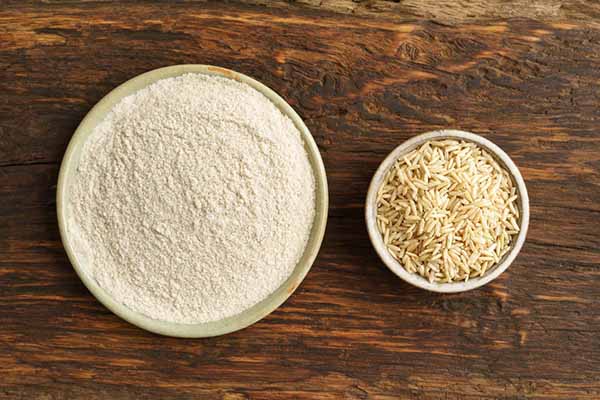
Food and non-food uses
Rice flour can replace soft wheat flour in the creation of sweet and savory recipes suitable for those suffering from gluten intolerance or celiac disease. Of course, even those who do not have these problems can use it alone or in combination with other flours to make béchamel, cakes, biscuits, gnocchi, crackers, etc.
Also excellent as a thickener for soups or sauces as well as for creaming risotto without using butter. In this case it takes about 20 grams to dissolve in a little hot water before adding it at the end of cooking, mixing quickly to obtain a delicious cream.
Also perfect as a breading for fries as it makes them lighter and crispier.
Rice flour recipes
In the following articles you will find many ideas to make the best use of rice flour to make first courses but also desserts and fries.
- Rice flour: 10 recipes to use it at its best
- Cookies With Rice Flour
- Tempura fried artichokes
- Chinese rice dumplings with Chinese carrots, zucchini and rice onion
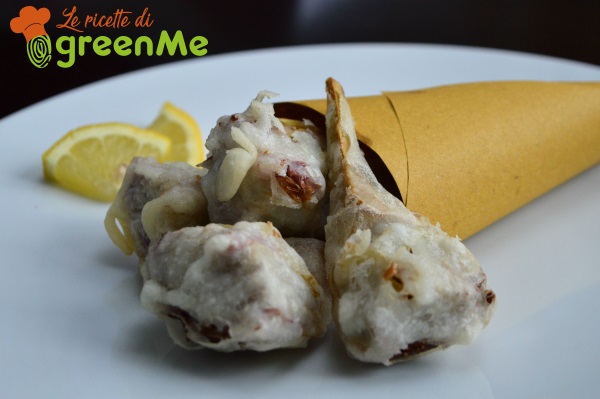
Rice flour for beauty
Did you know that rice flour can also be used in some beauty recipes? This natural ingredient was already used in ancient Egypt to make masks and face cleansers. This is because rice has soothing but also nourishing properties for the skin.
Here are some non-food uses you can experiment with:
- Cyprus fai da te: by mixing 2 tablespoons of fine rice flour and 1 tablespoon of cornstarch powder you will obtain a powder to spread with the help of a special brush all over the face to help fix the makeup.
- Natural deodorant: sprinkling a little rice flour under the armpits can help absorb the bad smell, eliminating sweat and at the same time making the skin smoother.
- Face Mask: A simple nourishing but also astringent face mask for oily or blemished skin can be made by mixing together 4 tablespoons of rice flour and 3 tablespoons of freshly squeezed lemon juice. Apply to the skin and let it act for 20 minutes before rinsing.
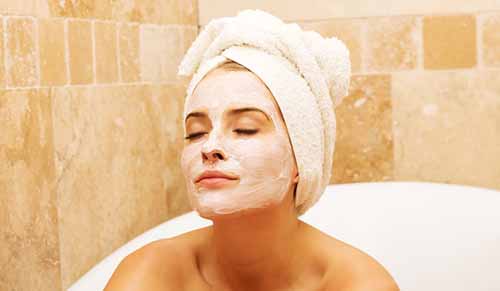
Rice flour: where to find it
Rice flour is easily found in all types of supermarkets, however we recommend that you buy it from organic and wholemeal farming (in this version it is easier to find it in organic food stores or online).
Nothing prevents you from getting at home, if you have a small homemade mill or even thanks to a food processor, your own rice flour that is always fresh starting from the grains of this cereal.
If you want to know other gluten-free cereals or flours, read also:
- Gluten-free flours: what they are, how to choose them and where to find them
- 8 cereals (or allegedly so) that celiacs can eat too





